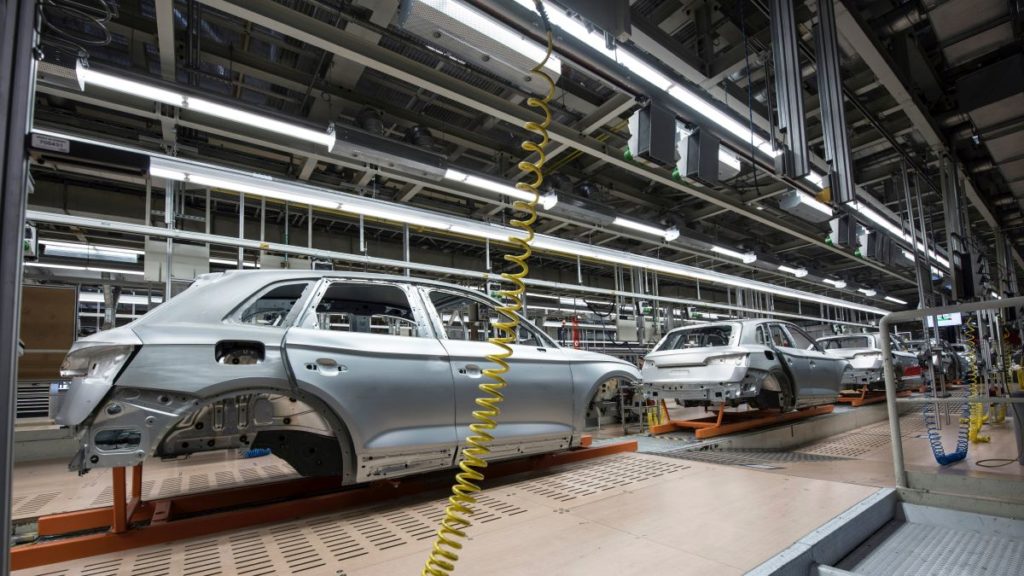Featured image by carlos aranda on Unsplash
Less than a decade ago, big data analytics was only a concept. Now it has become an integral part of doing business. For instance, the global spending on big data analytics in 2019 was $180 billion globally. One sector that is embracing data-driven technologies is car manufacturing. In fact, data modeling has reshaped the auto industry in many ways.
However, the sheer amount of data that is available to companies does not always make access easy. Looking at how data modeling has improved the auto industry can give other businesses ideas for capitalizing on analytics.
RELATED ARTICLE: WHAT YOU NEED TO KNOW ABOUT BI INTEGRATION
Fewer Product Quality Issues
A significant area in which modeled data generates cost-savings in the auto sector is quality control. Over the years, vehicles have grown more complex as consumer demands evolve. One effect of this is a higher potential for defective products to enter the market.
But predictive analytics allow carmakers to detect faults early. Also, easy access to information makes manufacturers more proactive. They have systems that detect quality and safety problems in advance, allowing corrective measures to be applied accordingly.
Through analytics, manufacturers can identify defects in specific parts. This means they know which suppliers to single out. In instances where recalls are necessary, analytics streamline the process. Therefore, thanks to improved product quality management, auto companies reduce costs and decrease the risk of lawsuits.
Safety Improvements from Modeled Data
Vehicle manufacturers have enhanced the safety of their products by tapping into big data. A company can collect a lot of information from different data points regarding a car’s safety standards. It can also collect data about a vehicle’s environment. If an automaker learns the active safety requirements of a specific consumer, then it can incorporate improvements into the next product.
Through data modeling, an auto company can readily access information from a vehicle’s cameras, sensors, and radars. Understanding how the car responds in different situations, a manufacturer can gauge the effectiveness of its active safety systems. This access to vehicle information has contributed to the emergence of many advanced safety technologies such as driver-assist systems.
Supply Chain Management
Data modeling makes it easy for automakers to evaluate the value of specific processes. The industry has copious amounts of information it can use to improve supply chain systems. Comprehensive data processing tells carmakers where they get particular components, how much they pay for them, and the efficiency of the supply process. Using this data, automakers can mitigate the potential for parts shortages and other problems that could affect production. With supply chain analytics, businesses can be more proactive.
RELATED ARTICLE: BEST BENEFIT ALTERNATIVES FOR SMALL BUSINESSES
Better Understanding of Customer Behavior
The success of any business depends on how well it can meet customer demands. Big data can provide unique insights into buyers. This allows auto companies to create better products.
Today’s consumer is more vocal than ever, thanks to internet connectivity and easy access to communication channels. As a result, car owners or potential buyers put plenty of information out there that manufacturers can leverage. Besides coming up with more practical products, carmakers can use customer behavior analytics to craft customized marketing and advertising messages.
Can Data Modeling Help Your Business?
Has this look at how the auto industry uses data modeling given you an idea of how you could use modeled data in your business?
Data has changed the way the auto industry works. The sector has access to a wealth of information that allows it to create better products that satisfy different consumer needs. Moreover, data models have made collaboration with data less complicated.
Understanding how data modeling has improved the auto industry is not enough, though. Stakeholders in the sector must be willing to invest in the correct tools and skills to get the best out of data analytics. If you decide to put data modeling to use in your business, you will need to do the same.
